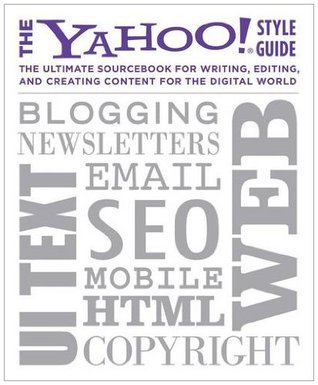What do you think?
Rate this book


400 pages, Paperback
First published January 1, 2009
Choose your battles. Be prepared to defend your editorial choices: Know how a point of consistency or style affects the site’s credibility, readability, navigability, searchability, and so forth. But while you defend, don’t be defensive; be positive, helpful, and open to changing the decision. Consider which points are deal breakers—you wouldn’t compromise on the spelling of the company name, for example—and which points have a lower priority or are hard to fix, such as news-feed headlines that automatically appear in title case on a page that otherwise uses sentence case.